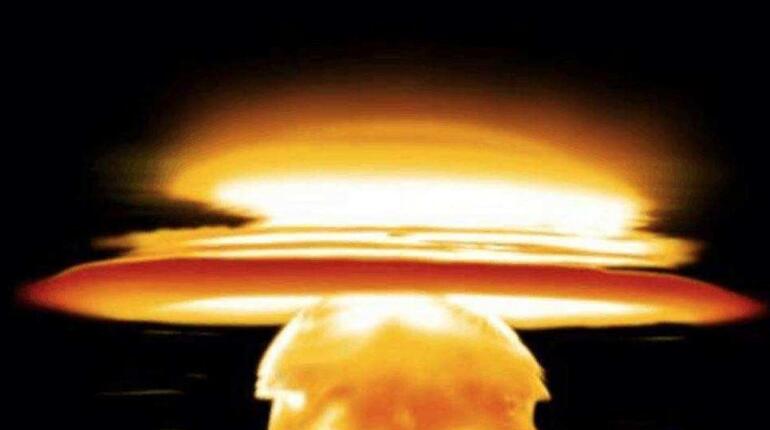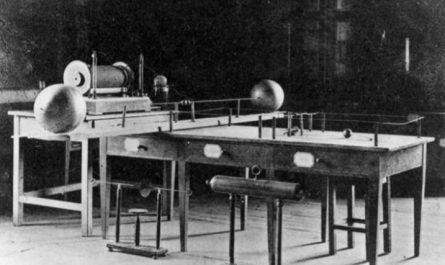The operation of the entire world now depends on various energy sources, especially electricity and fossil energy. Once energy is insufficient, all kinds of equipment will go on strike and paralyzed, and the quality of human life will be greatly regressed.
Electricity needs to rely on other energy sources for conversion, but until the end of the 20th century, humans mainly used firepower to generate electricity. Although wind energy, solar energy, geothermal energy, ocean energy and other renewable energy sources can also generate electricity, they are unstable and have many limitations, and they cannot fully meet human demand for energy.
Petroleum, natural gas, coal, and other fossil energy sources will also be exploited one day, and due to the large-scale use of fossil energy sources, too much carbon dioxide is released, and the greenhouse effect that produces global warming, so now it needs to be used sparingly and gradually move towards clean energy. change. Therefore, mankind has been worrying about energy issues all the time.
As early as the middle of the last century, mankind had discovered that there is a huge amount of energy contained in the nucleus, and created a nuclear bomb based on this. Nuclear reactions are mainly divided into nuclear fission and nuclear fusion. Fission is the splitting of heavy nuclei into light nuclei, and fusion is the merging of light nuclei into heavy nuclei. Take nuclear fission as an example. After 1 kilogram of uranium 235 is completely fissioned, it is equivalent to the energy released after 2000 tons of high-quality coal is fully burned.
Nowadays, nuclear fission has been used for power generation, but because nuclear fission will produce nuclear waste, it is easy to pollute the environment, so nuclear power plants have not been widely used. Moreover, the commonly used nuclear fission material “uranium” does not have many reserves on the earth.
Theoretically, the efficiency of nuclear fusion to release energy is much higher than that of nuclear fission, and the efficiency of mass-energy conversion can reach 0.7%. The sun relies on the internal nuclear fusion reaction to emit light. The hydrogen nuclei inside the sun, deuterium and tritium, continue to fuse into helium nuclei under high temperature and high pressure, and at the same time release huge amounts of energy.
The hydrogen fusion reaction does not produce radioactive nuclear waste, and compared to the poverty of uranium, hydrogen reserves on the earth are very abundant. Tritium is what we often call hydrogen, and the hydrogen isotope deuterium is also relatively easy to make. Once mankind masters nuclear fusion technology, mankind will be free from energy problems for a long time in the future, so controllable nuclear fusion is also called the ultimate energy source.
Humans created hydrogen bombs as early as the 1950s, and hydrogen bombs mainly rely on the huge energy released by nuclear fusion to kill. The hydrogen bomb releases a huge amount of energy in an instant, but it is not practical and cannot be used to generate electricity.
Why hasn’t mankind mastered the technology of controllable nuclear fusion after nearly 70 years? That’s because it is really difficult to achieve controlled nuclear fusion!
Controllable nuclear fusion is difficult to control. To create a small sun on the earth and release energy continuously and steadily, the technical requirements required are very high.
This is because the fusion of hydrogen nuclei requires extremely high pressure and temperature. According to the research of scientists, the pressure inside the sun is 300 billion times the atmospheric pressure of the earth, and the temperature inside is at least 15 million degrees Celsius. Moreover, research has found that in order to replicate this process on Earth, the required reaction conditions must be higher than these conditions. It is even more difficult to maintain this high temperature and high pressure environment for a long time.
The sun is a plasma fireball. To put the little sun on the earth, there must be a container for control and holding. The material with the highest known melting point on the earth is tetratantalum hafnium pentacarbide (Ta4HfC5), which has a melting point of 4,215 ℃. However, in the face of tens of millions of degrees of high temperature, any kind of tangible container cannot withstand it.
For this reason, scientists have come up with a way to use magnetic fields or lasers for confinement control, so that the reactants will not directly contact the container, but will be suspended in mid-air.
The best future is the magnetic confinement, and the laser inertial confinement is still in the stage of technical verification. Currently, there are two main types of devices that use super-strong magnetic fields to confine nuclear fusion materials: tokamak and star simulator. Plasma is a charged body, so the magnetic field can control them, and these super-strong magnetic fields are generated and maintained by the current in the superconductor. The magnetic field can control these plasmas and pressurize them to generate high temperatures, thereby realizing nuclear fusion.
But whether it is magnetic confinement or laser confinement, what they control is not a whole apple, but a lot of particles, which requires very high control accuracy. Once an error occurs, the reaction will stop, and the equipment may also be damaged. , So it is very difficult to implement.
Controllable nuclear fusion, although many scientists around the world have been fighting for it for many years, it is still in the laboratory stage, and can only be controlled steadily for tens of hundreds of seconds at most. I am afraid that it will have to wait another 50 years before the practical stage.






